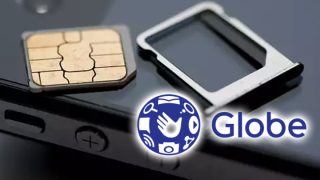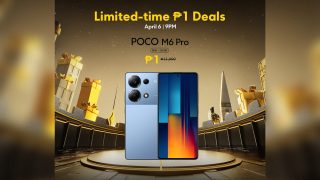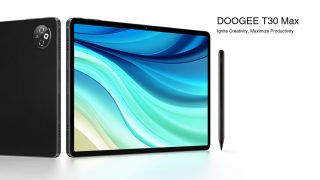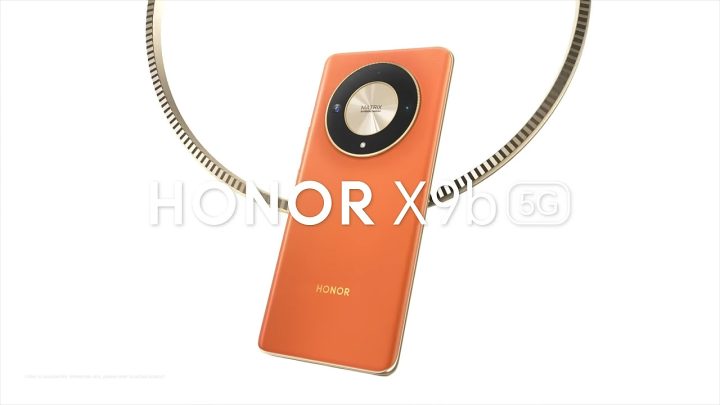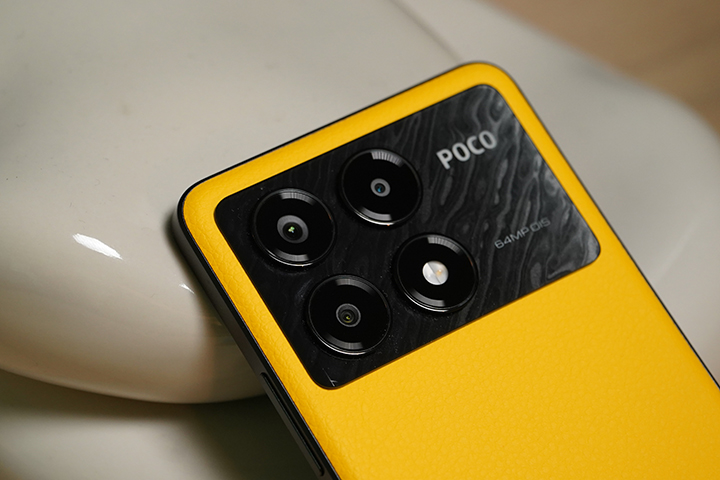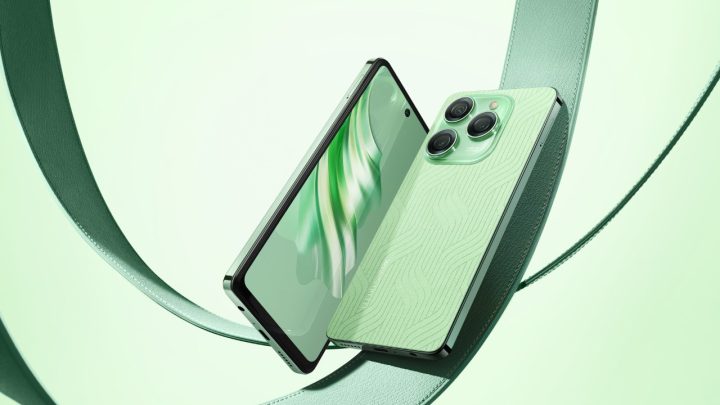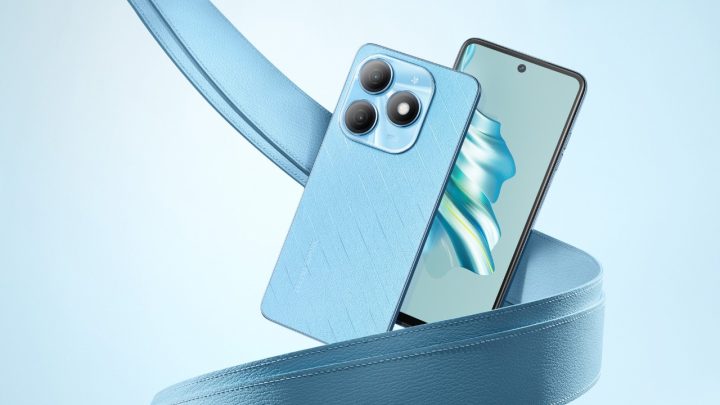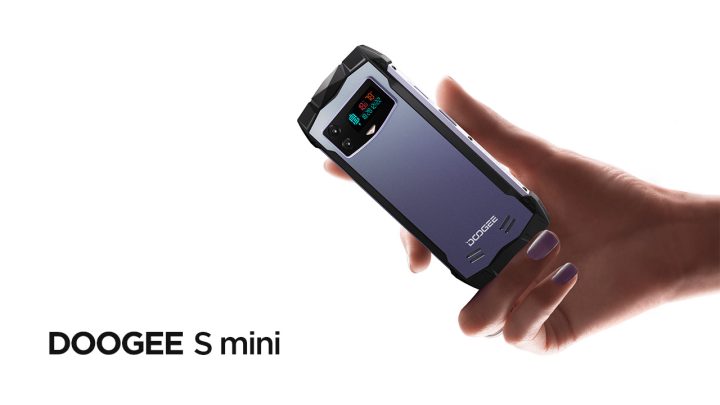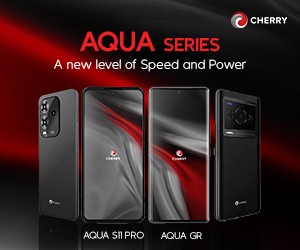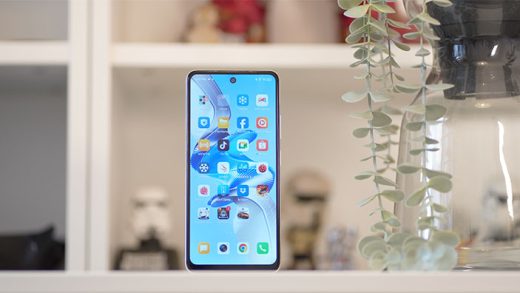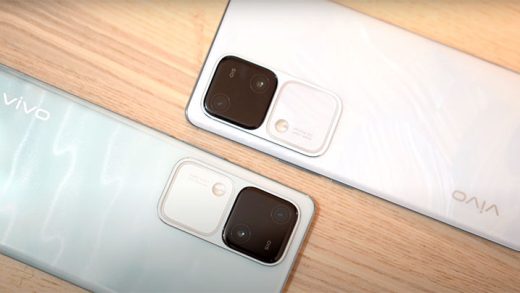In an increasingly wireless world, new technologies emerge to ensure people are connected. Among the more familiar would be Bluetooth, NFC, and RFID. Or were they? Let us have a closer look at how to distinguish them.

Table of Contents
Bluetooth
Named after the Danish king Harald Bluetooth Gormsson (reigned c. 970-986), whose unification of Denmark was seen as a historical parallel to the intention of Bluetooth technology to “unite the PC and cellular industries with a short-range wireless link,” it is estimated that 7 billion Bluetooth enabled devices would be shipped annually by 2026. This would be nearly double the Bluetooth device shipments reported in 2017.

As an alternative to wired connections, Bluetooth offers wireless personal area network (WPAN) streaming, data transfer, and communication exchanges through its two radio options. Bluetooth Classic also referred to as Bluetooth Basic Rate/Enhanced Data Rate (BR/EDR), is a low power radio that streams data over 79 channels in the 2.4GHz (gigahertz) unlicensed industrial, scientific, and medical (ISM) frequency band. Bluetooth Low Energy (BLE), meanwhile, transmits data over 40 channels in the 2.4GHz unlicensed ISM frequency band. As the name implies, BLE aims to retain the range and data rate while reducing the necessary power to establish the connection. As references, Bluetooth supports transmit powers between 0.01mW (milliwatt) to 100mW.
Speaking of range, the nominal maximum extent would be around 100 meters. Data rate could reach 2Mbps (megabytes per second) for BLE and 3Mbps for Bluetooth Classic. To further visualize this, a device could send to another an entire file, say a movie, with the size of 1GB (gigabyte) in 45 minutes. Singular audio files and photos would logically take far less time to complete their respective transfers. While phones and computers might be among the top of mind applications of Bluetooth technology in everyday living, it could also be found in use for wireless audio and video, health monitoring, home appliances, and even car connectivity.
RFID
Radio Frequency Identification (RFID) refers to a wireless system comprised of two components, namely tags and readers. The reader is a device that has one or more antennas that can emit radio waves and/or receive signals back from the RFID tag. From here, we could identify three types of RFID systems.
- Passive Reader Active Tag: Battery-powered tags transmit signals to readers that do not emit them.
- Active Reader Passive Tag: Readers transmit signals and receives back information from unpowered tags.
- Active Reader Active Tag: Both tag and reader are powered, allowing them to transmit signals to each other.
As frequencies varied, so would their range and speed. Low frequency (LF) tags usually work below 300kHz (kilohertz), particularly in the 120 to 130kHz levels. Accompanied by low data rates, LF tags would logically transmit low amounts of information, and would work in close range instances, i.e., 10 centimeters or less.

High frequency (HF) tags, meanwhile, work in the 13.56MHz (megahertz) level. Although having a higher data rate than LF tags, HF tags still provide short-range transmission (1 meter or less). In addition, RFID could also operate in higher frequencies. Ultra high frequency (UHF) tags usually work in frequencies over 300MHz, similar to bands where Bluetooth works (2.4GHz), at least in the upper end of the spectrum. The nominal maximum range of these tags could breach the 10-meter limit, as might be the experience of drivers for example. Lastly, microwave or super high frequency (SHF) tags can operate in bands beyond 3Ghz. Accordingly, nominal range could reach 100 meters.
As for transmit power, it depends on the frequency. The Philippines provides for maximum radiated power ranging from 150mW to 4W. Then again, even as most nations would have use for transmissions with lower power levels, transmit power could be able to exceed these values as the frequency increases, theoretically speaking.
In terms of day-to-day applications, RFID technology would be observable in inventory tracking, logistics, driving, shipping, manufacturing, retail, entertainment, and so on.
NFC
Compared to the previous wireless technologies, near-field communications (NFC) would have the shortest range. Tracing its development from RFID technology, NFC has an effective point-to-point range of 10 centimeters or less, and could transfer even smaller amounts of information. Certain instances would probably even require physical contact between devices for NFC to get going.

Despite these prevailing traits, NFC is believed to be faster and requires less power to operate, possibly ranging in the microwatt level. Since it has an initiator that produces a magnetic field, the tag may not require power to proceed. This means pairing, as Bluetooth would require, is not needed for NFC. Security would also be another point of contention. Since Bluetooth and RFID work with greater distances, it would expose them to more interference than NFC could expect to encounter. Think of contactless payments and keys as an example. NFC technology could also be used in exchanging information (e.g., digital business card), and wireless charging, among others.
Conclusion
These wireless technologies – Bluetooth, RFID, NFC – may seem like normal fare for today’s generation, but would definitely have more into them than meets the eye. Ultimately, it would depend on the purpose when one decides to make use of any one of the aforementioned systems. Each would have their own set of advantages which could further benefit humanity moving forward into the future.





